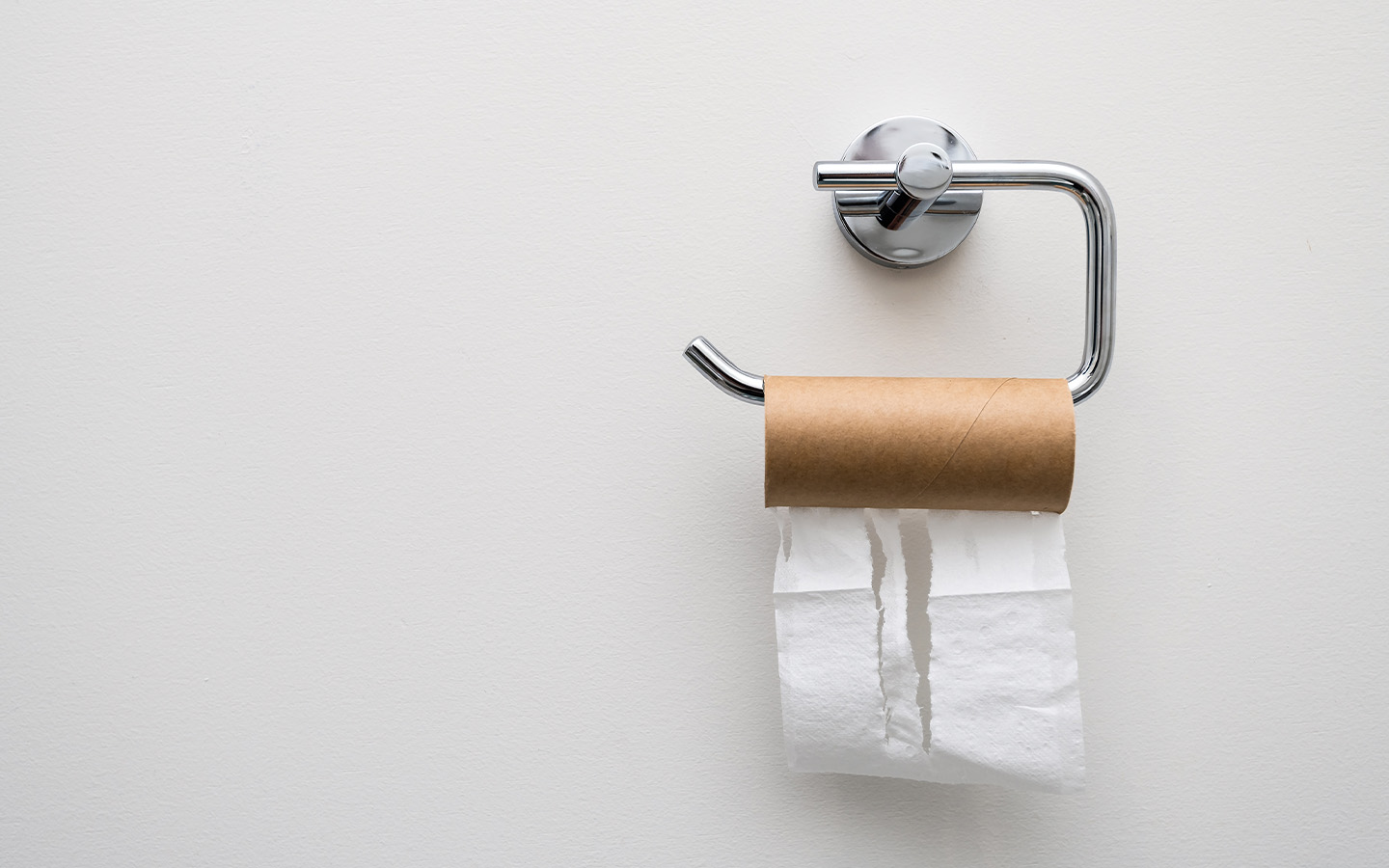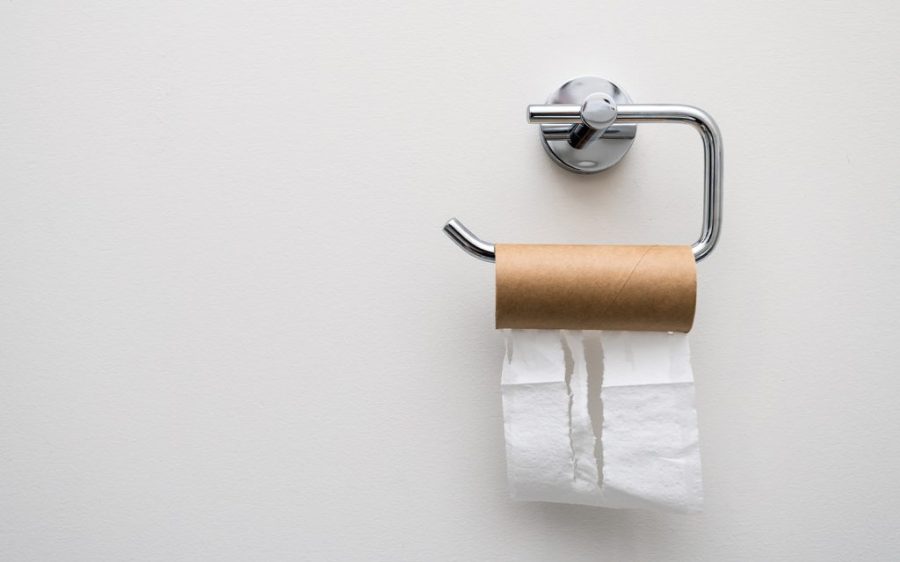Forget potty jokes: World Toilet Day is a very serious business. Annually observed by the United Nations (UN) since 19 November 2013, it has helped to spread awareness about the vital importance of public health and sanitation around the world.
While access to a toilet is taken for granted in developed economies, the same cannot be said for less well-off areas. According to the World Health Organisation (WHO), some 3.4 billion people around the world lack access to sanitation facilities, with around 354 million of them having no choice but to answer the call of nature in places such as streets, gutters, bushes and open water.
The result is devastating, as the absence of latrines leads to a lower standard of hygiene and the pollution of water sources, resulting in the spread of diseases such as cholera, dysentery, typhoid and intestinal worms.
[See more: Parts of Macao will be using reclaimed water in the first quarter of 2026]
In fact, the WHO states that the global sanitation crisis is responsible for the deaths of some 1.4 million people per year and is linked to a greater number of deaths among children under the age of five.
This year’s World Toilet Day is based on the theme “We’ll Always Need the Toilet” – and it’s also a good time to answer some of the restroom-related questions you might have had.
Squatting toilet or commode?

In fact, the jury is out. Some scientific evidence appears to suggest that squatting pans make going to the toilet easier (especially for those dealing with constipation), but the conclusions are far from exhaustive.
Posture is only one element to be taken into account. Experts explain that exercise, medication, hydration, diet and other factors can also be determinants.
Sitting toilets are not without merit, as they can be more comfortable for anybody who finds squatting difficult. Accessories such as footstools, which can simulate a squatting position for somebody sitting on a commode, can also overcome any disadvantages posed by sitting toilets.
How long can a person go without a comfort break?
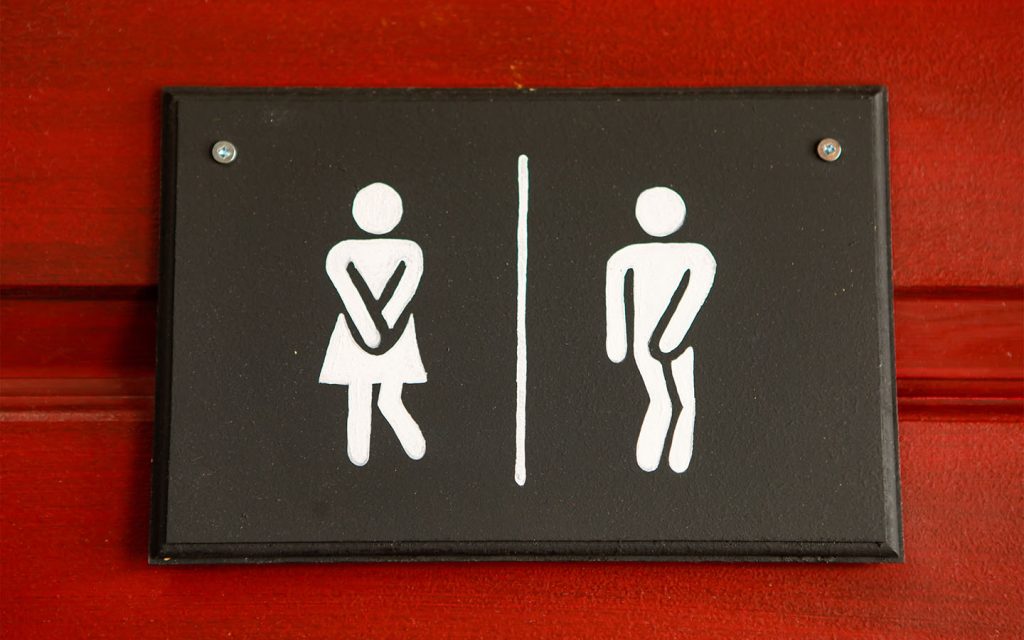
That depends on whether you’re talking about no. 1s or no. 2s. When it comes to the former, BBC Science Focus Magazine says the human bladder has a capacity of 400 to 600 millilitres. Assuming average hydration, 9 to 10 hours would be the absolute upper limit of a person’s endurance.
As for no. 2s, there is no hard and fast rule. Healthline points out that “there’s no exact amount of time you can safely go.” In fact, you’re considered “regular” whether you go a couple times a day or a few times a week. In an interview with Today.com, Anju Malieckal, a gastroenterologist noted that age, diet, stress and illnesses and medications are just some of the factors that can impact frequency.
Why do many toilets in Asia have a ‘no flushing’ rule for toilet paper?
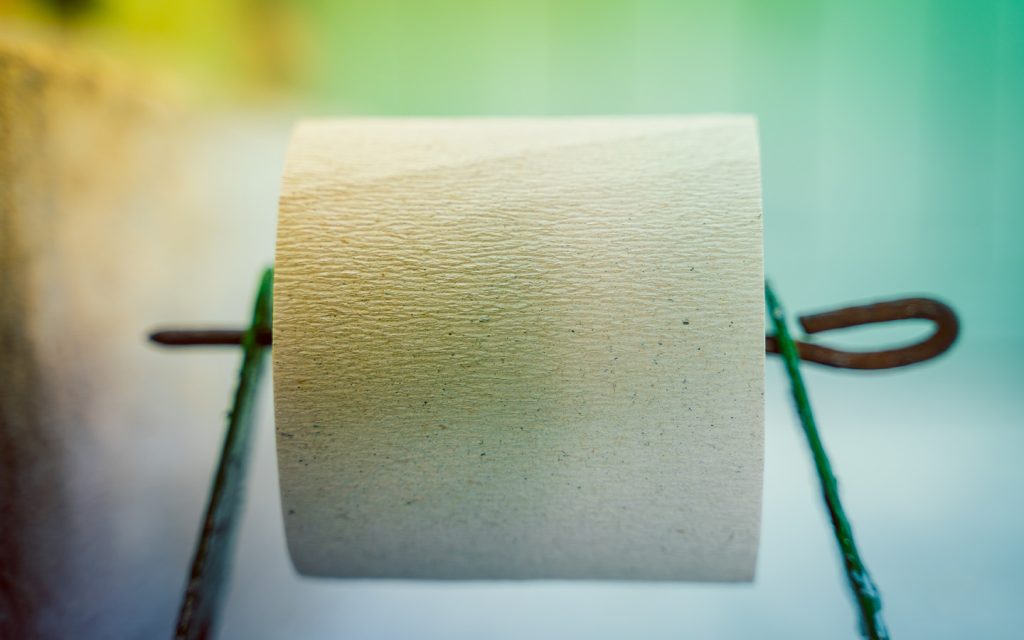
As anybody who has backpacked around Southeast Asia or travelled through rural China knows, it is common practice for people to throw used toilet paper into a bin rather than flush it down the loo. The reason is all to do with the quality of the toilet paper itself.
While it may appear flimsy, cheap toilet paper – which can be made of waste paper, straw pulp and paper mill sludge – doesn’t dissolve easily, and it can clog up the plumbing system. Hence, a bin is provided.
This tends to be less of a problem in China nowadays, as guidelines mandated by the government in 2018 require toilet paper to be able to break down within 40 seconds of flushing.
Improved plumbing in newer buildings and the stronger flushing capabilities of toilets have also reduced the likelihood of paper blockages – but that’s assuming there is paper provided in the first place. Anyone who’s been on the road in remote parts of Asia also knows not to take the provision of toilet paper for granted.
Can I really get stuck if I flush an aircraft toilet while sitting on it?
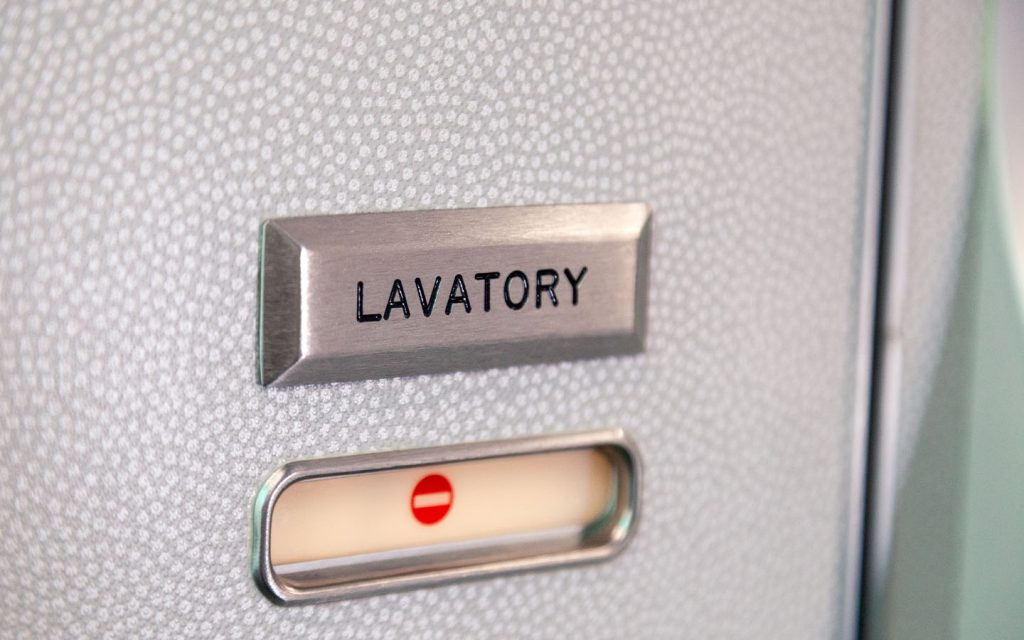
We’ve all heard the urban myths of poor unsuspecting passengers who flush an aircraft toilet while still seated, only to find themselves stuck and having to be rescued by crew members. While the stories are entertaining, they have been debunked by various experts.
Speaking to Reader’s Digest, William A. Crossley, an aeronautics and astronautics professor at Purdue University, said that “using my basic engineering judgement, I don’t think you could form a tight enough seal while seated on the toilet when you flushed to the point where you would actually be stuck.”
Similarly, the US TV series MythBusters concluded after conducting experiments with a fake butt that it was not possible for the suction of an airplane toilet to trap a person, even if they were morbidly obese.
Why are the toilets in Japan so high-tech?

It’s no secret that Japan is the global leader of cutting-edge toilets. Japanese brands such as Toto and Inax have developed technologically sophisticated lavatories that are equipped with an array of functions. Some of the most common ones include heated toilet seats, bidets, air dryers, automatic air purifiers, mini wash basins and lids that open and shut automatically.
The advent of such high-tech Japanese toilets can be traced back to the introduction of Toto’s Washlet, an electronic toilet seat launched in 1980 that has bidet capabilities, thanks to its small retractable rod, which can spray water.
The product gradually found a following in Japan, finding its way across homes, schools, restaurants and shopping centres. Toto’s rivals, of course, took note introducing similar products of their own.
In recent years, Japan has continued to innovate its toilets, as demonstrated by the privately-funded Tokyo Toilet project, which involved the building of 17 modern public toilets across Tokyo’s Shibuya district. Arguably the most unique lavatories from this initiative are the transparent toilets that are completely see-through upon entering, but can be made opaque when locked, thanks to the use of smart glass.
Tell me a silly piece of toilet trivia
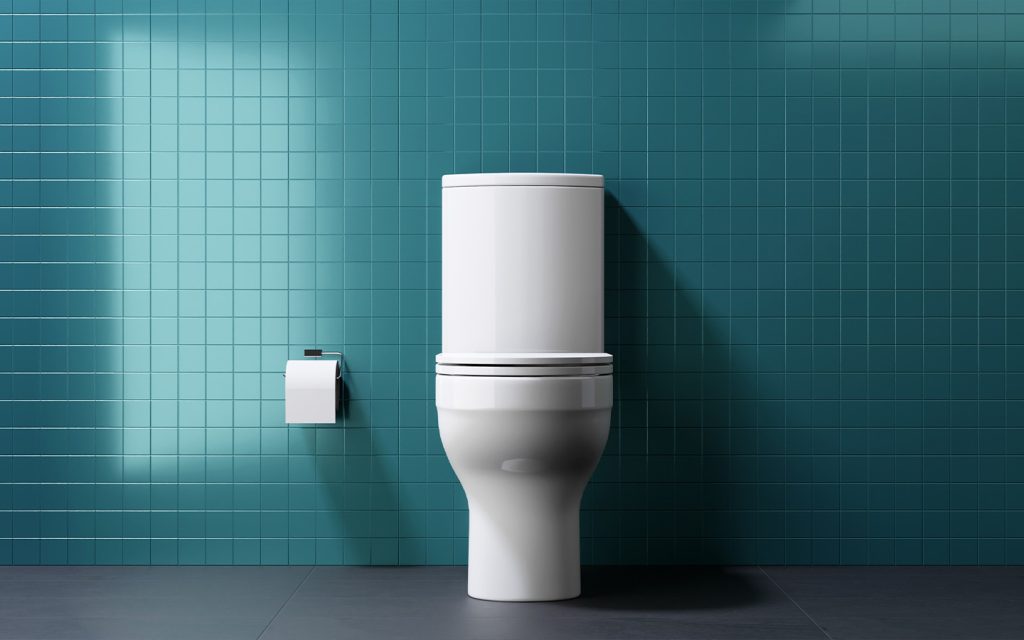
In an attempt to break the record for the world’s longest time on a commode, Belgian man Jimmy de Frenne sat on a toilet for 116 hours in 2019, taking a 5-minute break every hour.
De Frenne originally aimed to reach 165 hours, but fell short of his goal after experiencing discomfort. “I was very tired and my legs hurt, but I believe in my success and try to make this record official,” the Belgian was cited as saying in a Reuters report.
Despite de Frenne’s efforts, the Guinness World Records doesn’t appear to have officially recognised his feat. The oddity franchise Ripley’s Believe It or Not! does consider the Belgian to be the longest toilet sitter however, creating a cartoon to commemorate his achievement.
